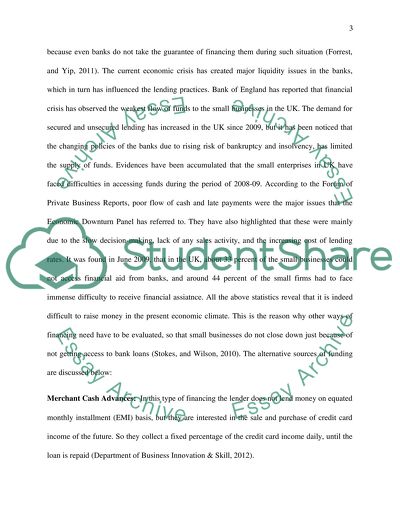Cite this document
(“Financing a Business Magazine Article Coursework”, n.d.)
Financing a Business Magazine Article Coursework. Retrieved from https://studentshare.org/finance-accounting/1466828-financing-a-business-magazine-article
Financing a Business Magazine Article Coursework. Retrieved from https://studentshare.org/finance-accounting/1466828-financing-a-business-magazine-article
(Financing a Business Magazine Article Coursework)
Financing a Business Magazine Article Coursework. https://studentshare.org/finance-accounting/1466828-financing-a-business-magazine-article.
Financing a Business Magazine Article Coursework. https://studentshare.org/finance-accounting/1466828-financing-a-business-magazine-article.
“Financing a Business Magazine Article Coursework”, n.d. https://studentshare.org/finance-accounting/1466828-financing-a-business-magazine-article.


